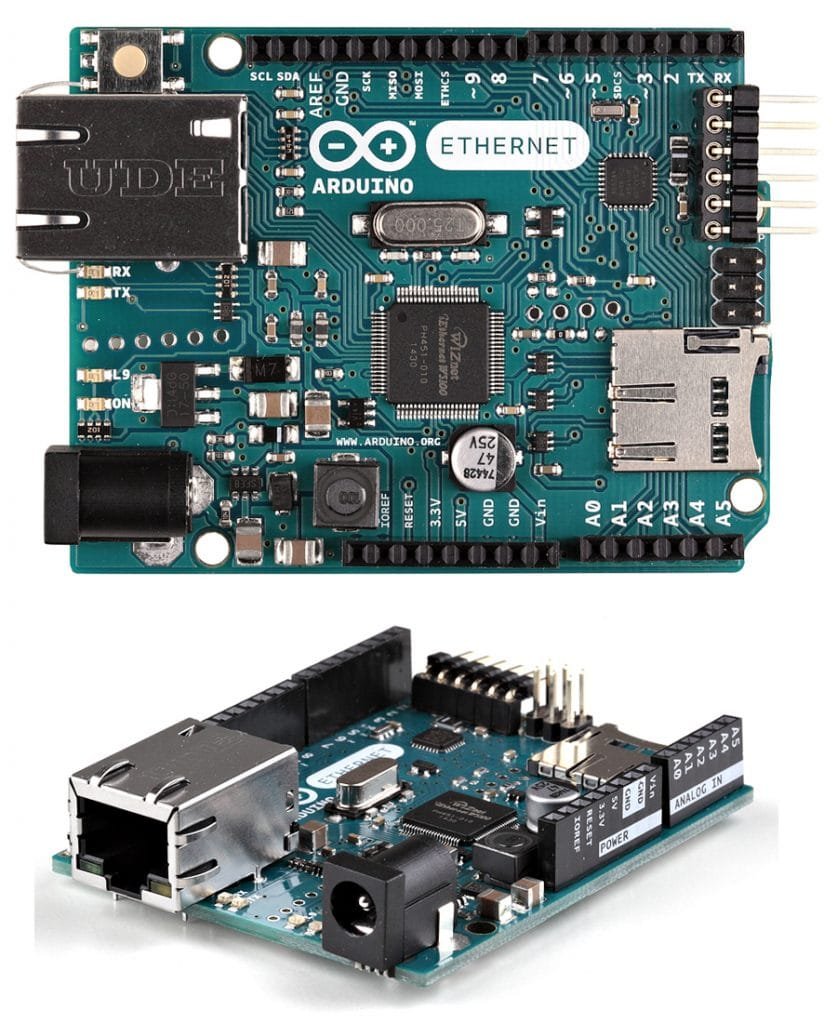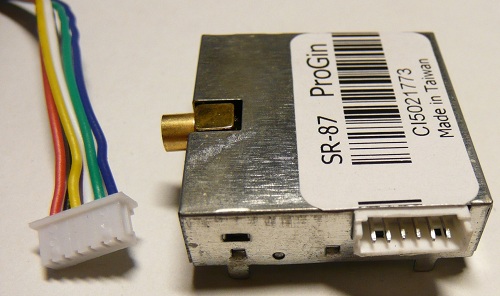ESP8266 ESP-01 WIFI Chip:
The ESP-01 ESP8266 WiFi Module is a self-contained SOC with an integrated TCP/IP protocol stack, providing any microcontroller with access to a WiFi network. It can host a simple application itself or offload Wi-Fi networking functions to another application processor.
Most ESP-01 ESP8266 modules are pre-programmed with AT command set firmware for control via serial communication. While this allows adding Wi-Fi capabilities to devices like Arduino boards, some coding is required to interface with the module using the AT commands or other methods.
The ESP-01 ESP8266 module is extremely cost-effective and has a large and active community.
Although the module has on-board processing and storage, its two GPIO pins significantly limit its ability to directly interface with a wide range of sensors and devices. For more complex applications, it is often used with a more powerful microcontroller.
Its high degree of on-chip integration minimizes the need for external circuitry, and the front-end module is designed for minimal printed circuit board (PCB) area. The ESP8266 supports APSD for VoIP applications. It contains a self-calibrated RF and requires no external RF parts.
Based on the popular ESP8266EX chip, this small module provides a complete TCP/IP stack and can function as a WiFi client or access point. The ESP-01 is suitable for simple IoT applications where minimal I/O is required, but its limitations should be carefully considered.
Key Features & Benefits:
- Ultra-Compact: Its incredibly small size makes it ideal for projects with extremely tight space constraints.
- Cost-Effective: One of the most inexpensive WiFi solutions available.
- Simple WiFi Integration: Handles the core WiFi networking functions, allowing you to connect your microcontroller to a WiFi network.
- Flexible Operation: Can operate as a standalone microcontroller for very simple tasks or as a WiFi module for a host microcontroller.
- Pre-flashed Firmware: Typically comes pre-flashed with AT command firmware.
Technical Specifications:
- WiFi Standard: 802.11 b/g/n (2.4 GHz)
- Processor: 32-bit Tensilica L106
- Memory: Varies (originally 512KB, but 1MB or more is common now)
- Operating Voltage: 3.0V – 3.6V (3.3V recommended)
- Current Consumption: ~80mA
- Operating Temperature: -40°C to 125°C
- Interface: UART
Limitations:
- Extremely Limited GPIO: Only two GPIO pins are available for general use. This severely restricts its ability to interface directly with sensors and other devices.
- Basic Processing Power: The ESP8266, while capable, has limited processing power and memory compared to more modern microcontrollers.
- Antenna: Built-in PCB antenna which may not be ideal for all environments.
Ideal for:
- Very simple, low-pin-count IoT projects.
- Adding basic WiFi connectivity to existing microcontroller projects.
- Space-constrained applications where minimal I/O is required.
Not Ideal for:
- Complex IoT applications needing many GPIO pins or significant processing power.
- Projects requiring high-bandwidth data transfer or robust RF performance.
Getting Started:
While most ESP-01S modules come with AT firmware, some coding will still be required to interface with the module and control it via its serial interface. Many tutorials and resources are available online to help you get started with the ESP-01S and Arduino or other microcontrollers.
Documents:
- NURDspace Wiki (Schematic, Datasheet, & More!)
- Instructables Tutorial
- ESP8266 Community Forum
- AT Command Set
- GitHub (ESP8266)
- GitHub (GCC-Xtensa)
- Graphical Datasheet
Useful Products:
Arduino UNO R3 Development Board
Arduino Nano Development Board
Arduino Mega Development Board












Reviews
Clear filtersThere are no reviews yet.